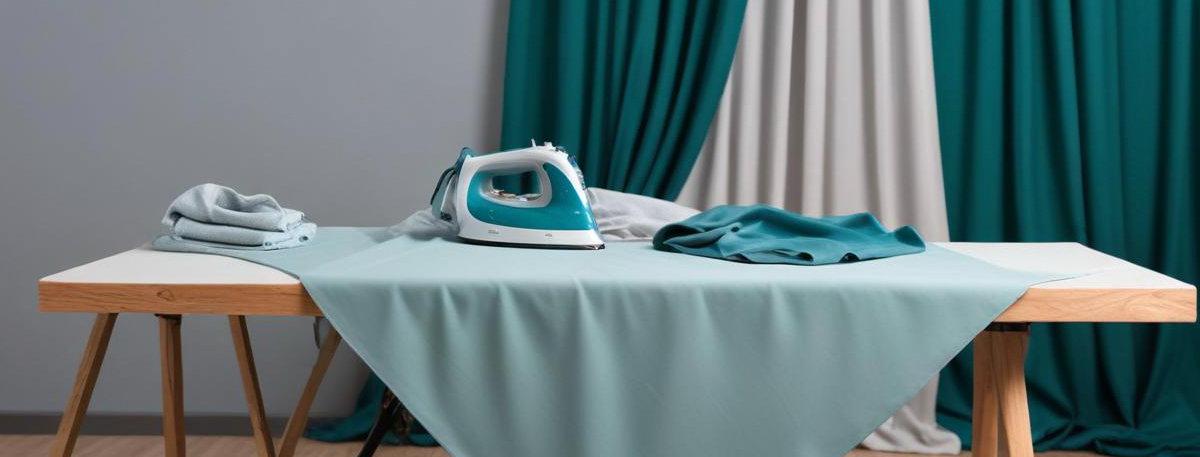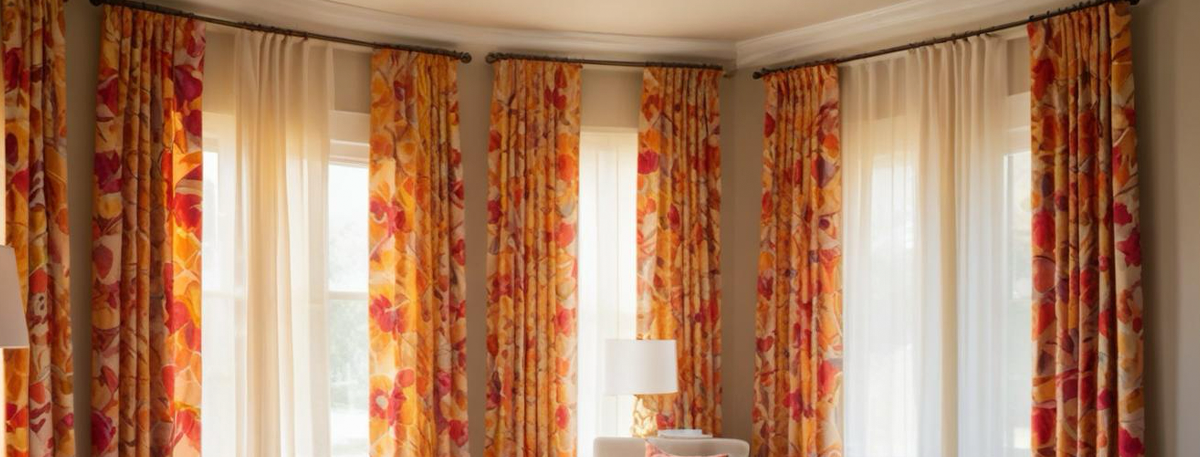How to Iron Curtains: Tips for Wrinkle-Free Results
Curtains aren't just for decoration; they also provide privacy, control light, and insulate rooms. However, wrinkles can spoil their appearance and usefulness. Ironing is key to removing wrinkles and maintaining their beauty. We'll explore effective ironing techniques for different fabrics to help you keep your curtains looking at their finest.
Understanding Fabric Types
Different fabrics require different ironing methods. Let us understand them better -
- Synthetic Fabrics: Synthetic fabrics like polyester and nylon are heat sensitive. They can melt under high heat and so require low-temperature settings.
- Natural fabrics: Natural fibers like cotton and linen can withstand higher temperatures. They may need steam to release stubborn wrinkles.
- Delicate Fabrics: Delicate fabrics such as silk and velvet require extra care. These fabrics often necessitate a protective cloth between the iron and the fabric.
Preparing Your Ironing Workspace
Set up a clean, flat surface for ironing. Prefer a large ironing board or clean table covered with a thick towel. Fill your iron with distilled water if it has a steam function. Avoid tap water as it can leave mineral deposits on your curtains.
Choose from Different Types of Ironing Methods
1. Steam Ironing
- Hang your curtains on a sturdy rod or a hanger.
- Set your iron to the appropriate temperature and steam settings based on the fabric type.
- Hold the iron a few inches away from the curtain and press the steam button to release bursts of steam.
- Glide the iron smoothly over the fabric, working from top to bottom in straight lines.
- Pay extra attention to stubborn wrinkles. Apply more steam if necessary.
Pros: You can iron while curtains are hanging.
Cons: May not be suitable for delicate fabrics.
2. Wrinkle Release Sprays
- Hang your curtains and lightly mist them with the wrinkle release spray.
- Gently tug on the fabric to help release the wrinkles.
- Allow the curtains to air dry.
Pros: Convenient and easy to use. Does not require an iron or electricity.
Cons: May not be as effective on stubborn wrinkles. Also, scented varieties may not be suitable for all users.
3. Tumble Drying
- Place the curtains in the dryer with a damp towel or a few ice cubes.
- Set the dryer to a low heat or no-heat setting to avoid damaging the fabric.
- Run the dryer for 10-15 minutes, then remove the curtains immediately and hang them up. The steam generated in the dryer will help release the wrinkles.
Pros: Removes wrinkles quickly, without much effort.
Cons: May shrink or damage delicate fabrics.
4. Vinegar Solution
- Mix equal parts water and white vinegar in a spray bottle.
- Lightly spritz the solution onto the wrinkled areas of the curtains.
- Smooth out the fabric with your hands. The wrinkles should fade as the curtains dry.
Pros: Natural and chemical-free solution.
Cons: May leave a slight vinegar scent.
5. Professional Steaming
If you have delicate or intricate curtains that require special care, consider taking them to a professional cleaner or tailor for steaming. Consider this option for silk, velvet, or heavily embellished curtains that may be difficult to iron at home.
Pros: Safe for delicate fabrics.
Cons: Professional service can be a little costly.
By understanding your fabric type and incorporating the above tips, you'll be able to have smooth curtains that enhance your living space in no time.









